Written forms of communication have existed since the first man decided to scratch something on a cave wall, allowing all to see that “Grog wuz heer.” Back then Grog’s companions needed to visit his underground domicile to view what he’d written, but today Grog’s message can be seen on social media instantly around the globe (and tragically without much better spelling).
In modern times, we sometimes forget people in other eras couldn’t readily access important news, but don’t think such a slow-paced news cycle will kill the tension in your novel. Often quite the opposite happens. Let’s take a look at some examples of slow paced communication used effectively for tension.
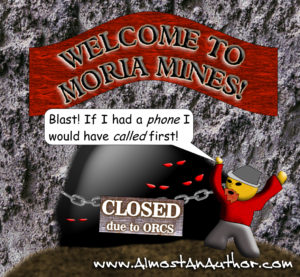 Consider a fantasy world in which distant towns communicate with each other via hand-delivered messages. With such a slow speed of information, main characters may not be aware of a pivotal event taking place a scant fifty miles away. Tolkien uses this slow-information travel to his advantage when he introduces the Mines of Moria – an opulent dwarven settlement that was apparently wiped out without anyone outside the mines knowing. This allows the main characters, and especially the dwarf Gimli, to discover the horrific truth personally. This set-up wouldn’t be possible if instant communication existed in Middle Earth.
Consider a fantasy world in which distant towns communicate with each other via hand-delivered messages. With such a slow speed of information, main characters may not be aware of a pivotal event taking place a scant fifty miles away. Tolkien uses this slow-information travel to his advantage when he introduces the Mines of Moria – an opulent dwarven settlement that was apparently wiped out without anyone outside the mines knowing. This allows the main characters, and especially the dwarf Gimli, to discover the horrific truth personally. This set-up wouldn’t be possible if instant communication existed in Middle Earth.
Also, read the opening chapters of Anne of Green Gables (I realize my sci-fi/ fantasy readership is rolling its eyes, but reading outside of your genre will make you a better writer). Matthew and Marilla decide to provide a home for a muscular, level-headed orphan boy who in turn can help on their farm, but when Matthew arrives to pick up their new charge at the train station, he is greeted by the flighty, fantasy-loving Anne. This miscommunication sets the premise of the entire novel, but was only possible because of the slow travel of information.
But what if in your fantasy book, you need a faster form of message delivery? Hope is not lost, here are some ideas for fantastic fast-paced communication in a low-tech setting:
Messenger animals (e.g. pigeons, ravens) can be used, but remember that natural birds are trained to “return” to a desired location, so this tends to be one-way messaging. If you have magical animals delivering news, such as Gandolf’s special relationship with various 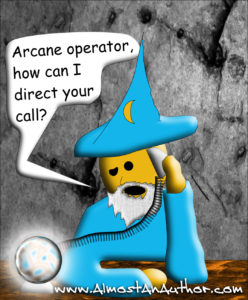 eagles, you gain additional options. And depending on the level of magic in your fantasy realm, you could even develop a wizard guild that operates a sorcerous switchboard. However, once you’ve decided that a method of information-conveyance exists in your storyworld, you need to be consistent. Why would a young lady undertake a treacherous journey via horseback to deliver a message if she could simply visit the local Arcane Tower and Telecommunications (AT&T)? You can create plausible reasons of course, perhaps she doesn’t trust them or maybe there are side-effects of wizardly message delivery, but the points is that your story needs to account for your storyworld’s communication technology.
eagles, you gain additional options. And depending on the level of magic in your fantasy realm, you could even develop a wizard guild that operates a sorcerous switchboard. However, once you’ve decided that a method of information-conveyance exists in your storyworld, you need to be consistent. Why would a young lady undertake a treacherous journey via horseback to deliver a message if she could simply visit the local Arcane Tower and Telecommunications (AT&T)? You can create plausible reasons of course, perhaps she doesn’t trust them or maybe there are side-effects of wizardly message delivery, but the points is that your story needs to account for your storyworld’s communication technology.
Steampunk always treads the line between two conventions, and in the communication field, this is no different. I’m currently reading Steve Rzasa’s Crosswind, a steampunk novel most similar to FASA’s Crimson Skies universe (of which there was a much-loved Xbox game long ago). In Crosswind, telegraph has revolutionized the communication industry, but spies are everywhere, so the characters need to send their messages using codes. Even then, when a wire is received at the telegraph office, someone needs to take the note to its intended recipient. All of this can be (and is) used to generate dangerous tension in the novel. Another common form of communication in the book is local courier. Because telephones don’t exist, contacting someone on the opposite end of a town (without making the trip yourself) requires a medium. So a messenger is given a note, sent to find an individual, and is finally paid by the recipient when the message is received. It may not be glamorous, but remember that the best way to craft a fanciful storyworld is to depict your characters interacting with what they would consider the mundane.
What about in a sci-fi universe? Think all communication needs to be instantaneous? Think again. But we’ll tackle that next month. In the meantime, let me know how your characters send messages over long distances in your storyworld, and you can do so instantly in the comment field below.


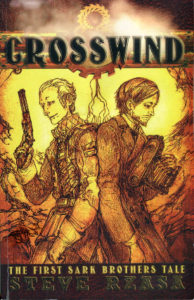
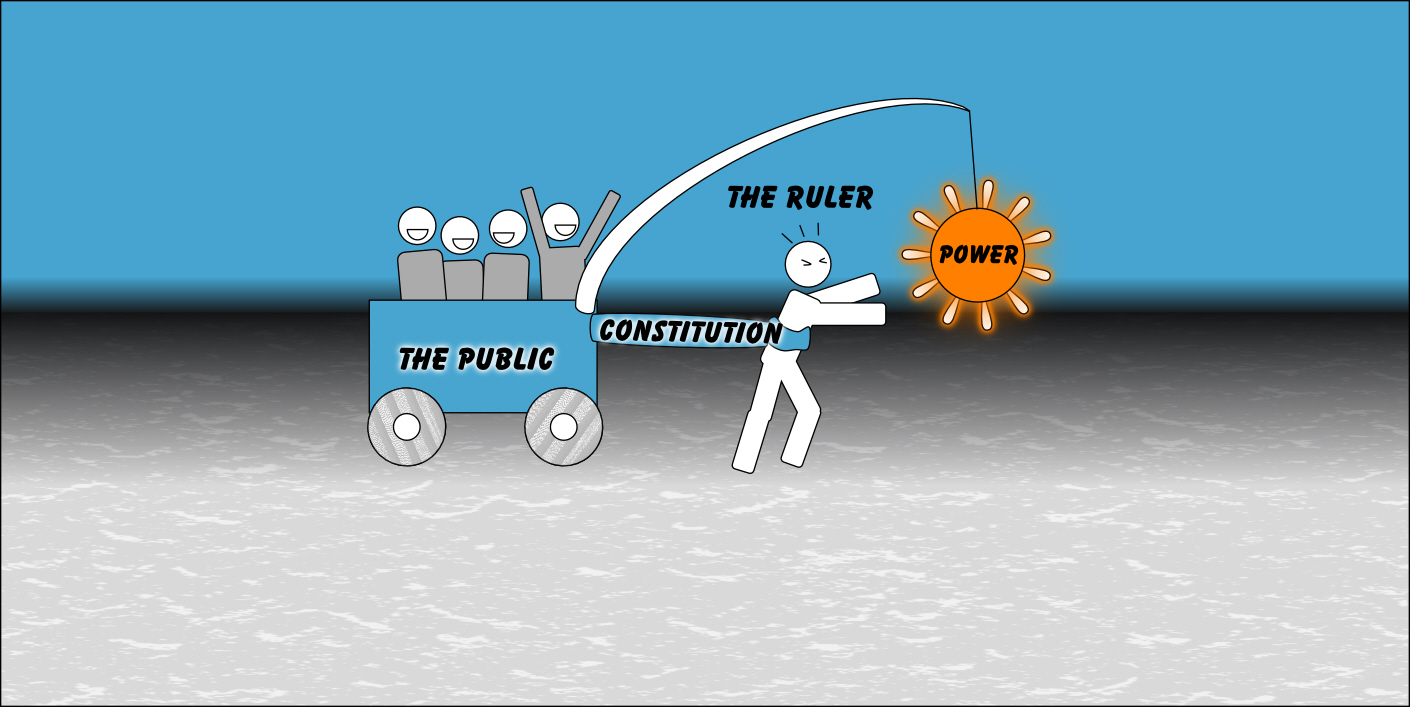

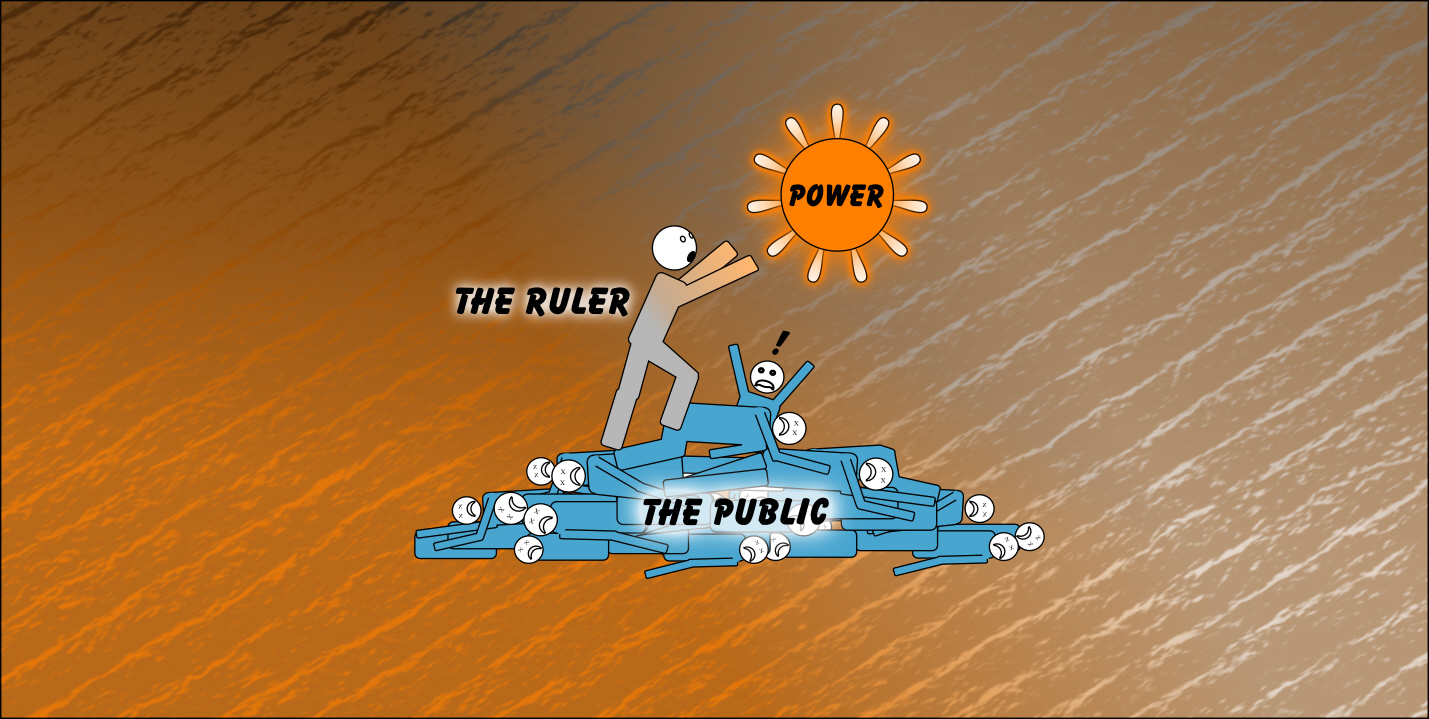


1 Comment
[…] the details right can make or break your book. A.D. Shrum examines the speed of communication in the world you build, Iain Bain explores how to write funny, Angela Ackerman creates mood in a scene using light and […]